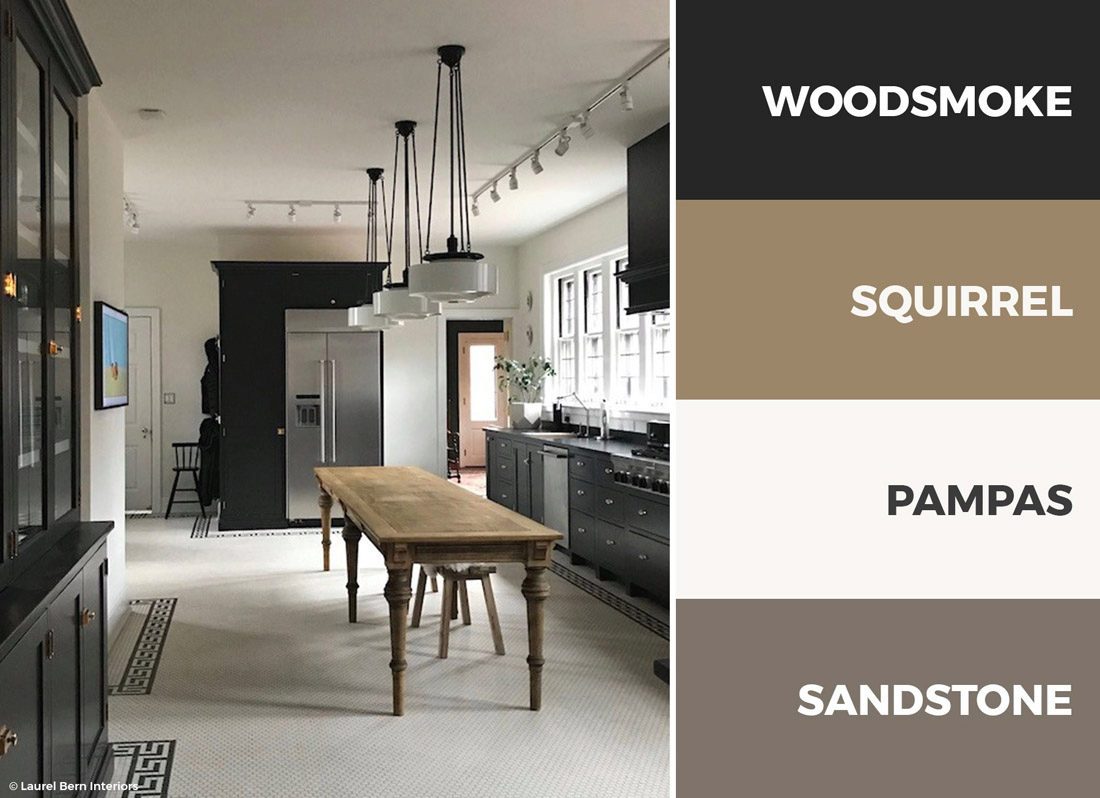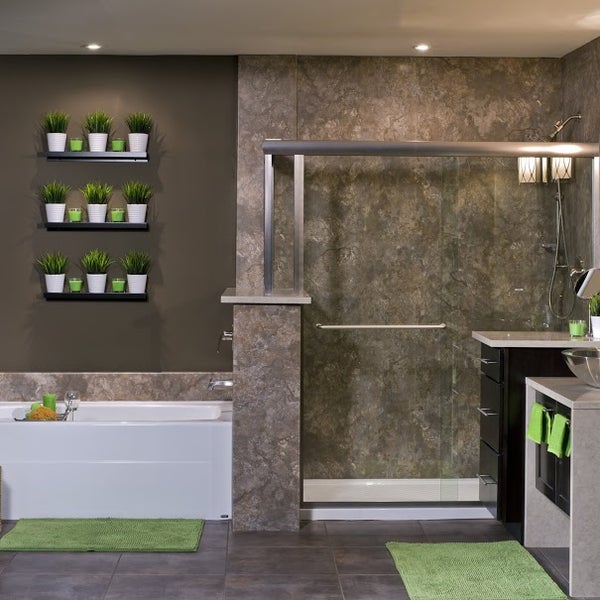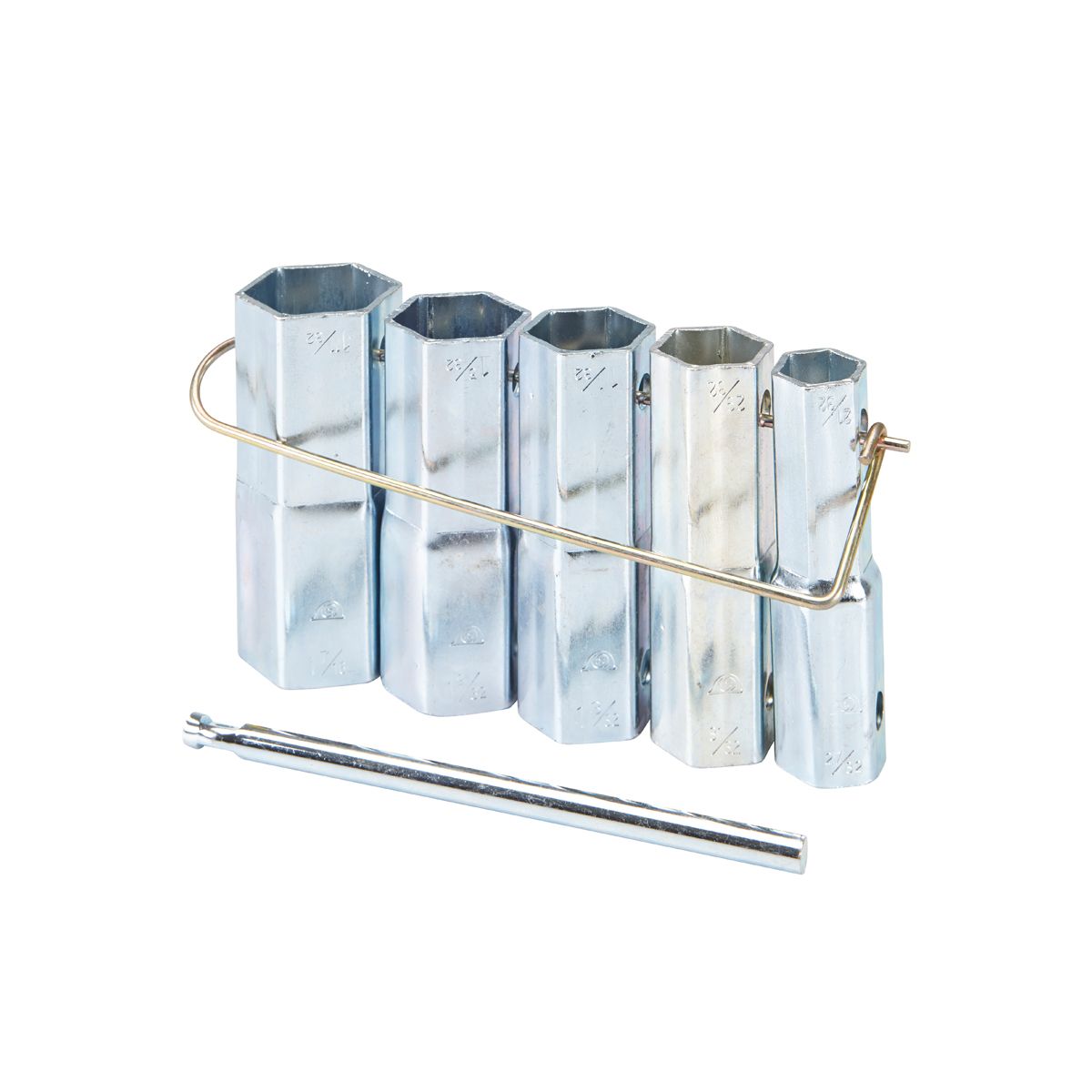
There are many ways you can recycle upcycled furnishings. One way is to buy an upcycled piece that is already in good condition and have it refinished. You can upcycle an older piece, even if it is more costly. Upcycling can be both rewarding as well as challenging. You can add some flair to the look by adding a secondary color to the trim.
Furniture that would have otherwise been thrown away is perfect for upcycling. It is important to preserve the original style of your items when you upcycle them. You can also add a wooden shelf to your drawers if they are very large. Or, you can decoupage them with geometrical wallpaper to make them look like side tables. With a little creativity, you can achieve great results.

It is easy to upcycle furniture. You just need to find the right piece of furniture and start upcycling it. Use the right products and read the instructions. Upcycling is the process of using old materials and objects to create a new product that has a higher quality and value. Upcycled furniture is also available for purchase in shops. These are the best way to save money and the environment! So go ahead and take the first step.
After you have decided on the paint type, you can begin the process of upcycling. Oil-based paints for wood are not recommended for use in the kitchen or bathrooms. Acrylic or Alkyd wood paints are safer to use for furniture. Once you have painted it, you can varnish it with a varnish. There's no limit to the upcycling process, and you don't need to be an expert to start a project. Any type of furniture can be upcycled, including a dresser or a coffee table.
If you have some items that are in poor condition, it is possible to upcycle them to create beautiful furniture. Upcycling furniture can be a great way reduce waste and make a profit. Once you have mastered the basic techniques, you can move on to selling online. It's your choice! You will be amazed at the number of possibilities that upcycling offers!

If you're a handyman and have a passion for DIY projects you can make your furniture look amazing. You can create a rustic-looking floating shelf by painting an old wooden crate and attaching a headboard. Even a teapot can be used as a planter. You'll do the environment a favor and save money by using upcycled furniture. It is also much easier to recycle homeware and cut down on the cost.
FAQ
Are permits necessary to renovate my property?
Permits are required before you can start any home improvement project. In most cases you will need to have a building permit along with a plumber's permit. You may also need a zoning permit depending on the type of construction you are undertaking.
Is it cheaper to build a new house or remodel an old one?
There are two options if your goal is to build a new home. You can buy a pre-built house. This type home is already constructed and ready for you to move in. You can also build your own home. To build your dream home, you will need to hire an architect.
The cost of building a new home depends on how much time and money you spend designing and planning it. You'll probably need to do the majority of the construction work yourself if you build a custom home. This will require more effort. But, you also have more control over which materials you choose and where you place them. It may be easier to find a contractor who is skilled in building custom homes.
A new house is generally more expensive than a home that has been renovated. This is because you will have to pay more for the land as well as any improvements that you make to it. You will also need to pay inspections and permits. On average, the price difference between a new and remodeled home is $10,000-$20,000.
What room should first be renovated?
The heart of any home is the kitchen. The kitchen is where you will spend the majority of your time cooking, entertaining, or just relaxing. You can make your kitchen more functional and appealing by using these tips!
The bathroom is an important part of any house. The bathroom provides privacy and comfort while you do everyday chores like brushing your teeth, shaving and bathing. Consider adding storage to these rooms and installing a tub instead of a bathtub. You may also want to replace old fixtures with modern ones.
How many times should I change my furnace filter?
The answer will depend on how often your family is going to use your heating system. If you plan to leave your house for long periods of time during cold weather months, you may consider changing your filter more frequently. You may be able wait longer between filters changes if you don't often leave the house.
A furnace filter typically lasts for three months. This means that your furnace filters should be changed every three to four months.
For information on when to replace your filter, you can consult the manufacturer. Some manufacturers suggest changing your filter every heating season. Others recommend waiting until you see dirt buildup.
How can I prevent being scammed when renovating my house
Knowing what you're paying for is the best way to avoid being scammed. Before signing any contract, read through the fine print carefully. Blank contracts should not be signed. Always request a copy of any signed contracts.
Is it better for a contractor to hire or a subcontractor to do the job?
A general contractor will usually cost more than a subcontractor. General contractors often have many employees and charge clients high labor costs. A subcontractor hires only one employee so they charge less per an hour.
You can live in a house while it is being renovated.
Yes, you can live in your house while you renovate it.
Is it possible to live in a house with renovations going on? The length of construction takes will determine the answer. If the renovation lasts less then two months, then it is possible to live in your home while it is being constructed. You can't live there if your renovation project takes more than two months.
Because of the possibility of falling objects, you shouldn't live in your home while a major construction project is underway. The heavy machinery and noise pollution at the job site can also cause dust and noise pollution.
This is especially true if you live in a multi-story house. The vibrations and sounds that construction workers create can cause damage to your property and contents.
As mentioned earlier, you will also have to deal with the inconvenience of living in a temporary shelter while your home is being renovated. This means you won’t have the same amenities as your own home.
For example, you will not be able to use your washing machine and dryer while they are undergoing repair. The workers will make loud banging noises, paint fumes, and chemicals obstruct your ability to use your dryer and washing machine.
These factors can cause stress and anxiety in you and your family. Therefore, it is important to plan ahead in order not to feel overwhelmed by the situation.
It is important to research before you start renovating your house. This will help you avoid costly mistakes down the road.
It is also advisable to seek professional assistance from a reputable contractor so that you can ensure that everything goes smoothly.
Statistics
- Design-builders may ask for a down payment of up to 25% or 33% of the job cost, says the NARI. (kiplinger.com)
- The average fixed rate for a home-equity loan was recently 5.27%, and the average variable rate for a HELOC was 5.49%, according to Bankrate.com. (kiplinger.com)
- Most lenders will lend you up to 75% or 80% of the appraised value of your home, but some will go higher. (kiplinger.com)
- Rather, allot 10% to 15% for a contingency fund to pay for unexpected construction issues. (kiplinger.com)
- It is advisable, however, to have a contingency of 10–20 per cent to allow for the unexpected expenses that can arise when renovating older homes. (realhomes.com)
External Links
How To
How do I plan a whole house remodel?
Planning a whole-house remodel requires planning and research. Before you start your project, here are some things to keep in mind. It is important to determine what type of home improvements you are looking to make. There are many options available, including kitchen, bathroom and bedroom. Once you've decided on which category to work on you will need to calculate how much money is available for your project. If you don't have experience with working on houses, it's best to budget at minimum $5,000 per room. If you have more experience, you might be able spend less.
After you have determined how much money you have available, you can decide how big of a project you would like to undertake. For example, if you only have enough money for a small kitchen remodel, you won't be able to add a new flooring surface, install a new countertop, or even paint the walls. On the other side, if your budget allows for a full renovation of your kitchen, you'll be able do just about any task.
Next, you need to find a contractor who is experienced in the type project that you want. You will be able to get great results and avoid a lot more headaches down in the future. Once you have hired a contractor, gather materials and other supplies. Depending on the project's size, you may have to buy all of the materials from scratch. However, there are plenty of stores that sell pre-made items so you shouldn't have too much trouble finding everything you need.
Once you've collected all the materials you will need, you can begin to plan. First, you'll want to draw up a rough sketch of where you want to place furniture and appliances. The next step is to design the layout of the rooms. Remember to leave enough space for outlets and plumbing. You should also place the most frequently used areas closest to the front door, so visitors have easy access. Finally, you'll finish your design by deciding on colors and finishes. In order to avoid spending too much money, stick to neutral tones and simple designs.
Now it's time to build! Before you begin any construction, make sure to verify your local codes. Some cities require permits. Other cities allow homeowners without permits. To begin construction you will first need to take down all walls and floors. Next, you'll lay down plywood sheets to protect your new flooring surfaces. Then, you'll nail or screw together pieces of wood to form the frame for your cabinets. The frame will be completed when doors and windows are attached.
There will be some finishing touches after you are done. For example, you'll probably want to cover exposed pipes and wires. You will need to use tape and plastic sheeting for this purpose. You will also need to hang photos and mirrors. Just remember to keep your work area clean and tidy at all times.
You'll have a functional home that looks amazing and is cost-effective if you follow these steps. Now that you are familiar with how to plan a whole home remodel project, it is time to get started.